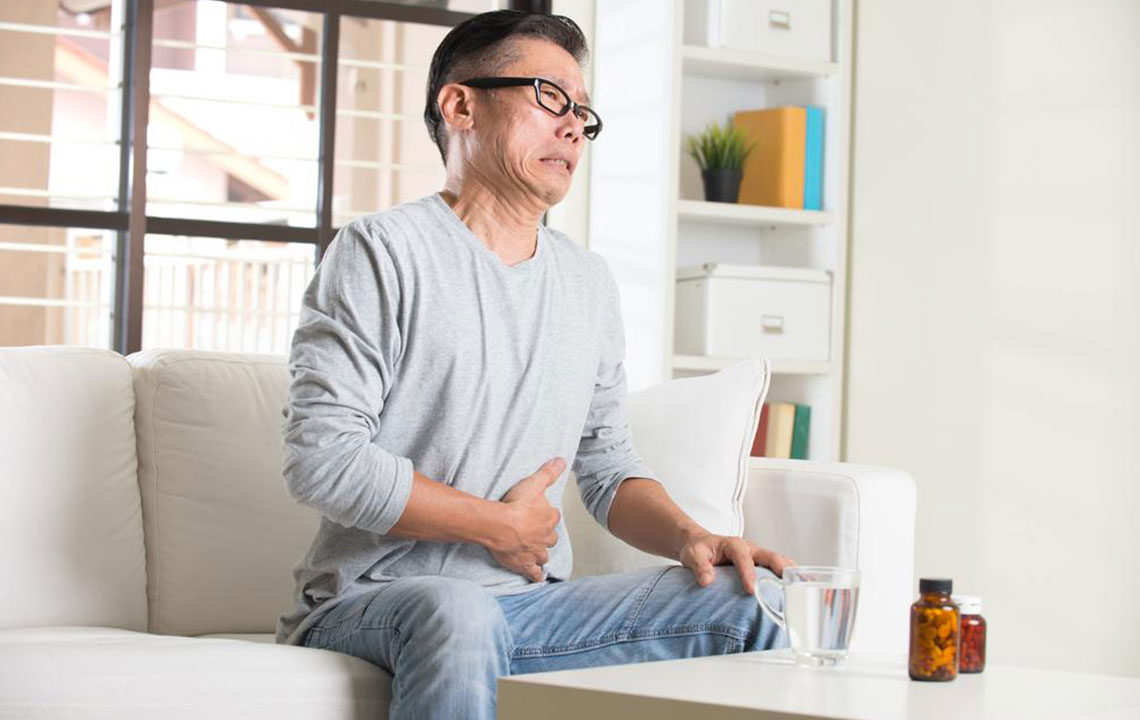Effective Strategies for Managing Overactive Bladder
Discover effective treatments for overactive bladder, focusing on behavioral strategies like bladder training, pelvic exercises, and lifestyle modifications. These approaches are safe, often successful, and can significantly improve quality of life without medication. Consulting healthcare professionals is essential for personalized care and management.

Managing Overactive Bladder Effectively
Overactive bladder (OAB) is a condition marked by sudden, involuntary contractions of the bladder muscles, leading to urgent and frequent urges to urinate, even when the bladder is only partially full. Symptoms include a sudden need to void and urination occurring often within two-hour intervals. Substances like caffeine, spicy foods, and alcohol can worsen symptoms. Many individuals manage OAB through techniques such as toilet scheduling, fluid management, and timed voiding. Notably, OAB does not involve pain, blood, or burning during urination.
Behavioral modifications are the primary approach to controlling an overactive bladder. They are typically effective and free from side effects. There are various treatment options, from lifestyle adjustments to medications, or a combination of both. Consulting your healthcare provider for a comprehensive evaluation and following their guidance can significantly improve your condition and restore your daily routine.
Studies indicate that non-pharmacological interventions can be highly successful for many women, with minimal risk of adverse effects. However, understanding bladder function and the factors contributing to OAB is crucial before starting any treatment.
Bladder training is a common non-drug method that involves retraining your habits related to urination. Instead of responding to the urgent sensation, you set scheduled intervals for bathroom visits. Gradually, you increase the time between voids, gaining better control over urges.
1. Maintain a healthy weight: Shedding excess pounds may reduce OAB symptoms and improve stress urinary incontinence.
2. Pelvic floor exercises: Strengthening pelvic muscles through Kegel exercises can control urination better. These involve tightening, holding, and relaxing targeted muscles. Biofeedback may assist in correctly identifying these muscles. Start with a few repetitions daily, then progress to three sets of ten. Wearing absorbent pads can help manage leakage until control improves.
3. Double voiding: To ensure complete bladder emptying, wait a few minutes after urinating and attempt again.










